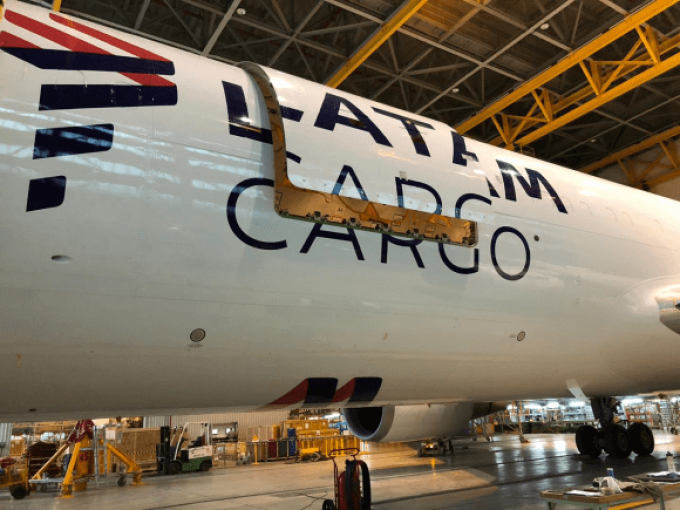IATA accuses Adani of 'capacity gaming' over Mumbai freighter ban
Adani Group-managed Mumbai International Airport (MIAL) is facing pushback from industry groups over a recent decision ...

Unfazed by a weaker air cargo market, Latam Cargo is expanding.
Latin America’s largest carrier took delivery of a 767-300BCF aircraft this summer and another is due in December, bringing its freighter fleet to 11 units, all 767Fs.
The airline will field the additional capacity chiefly ...

Comment on this article